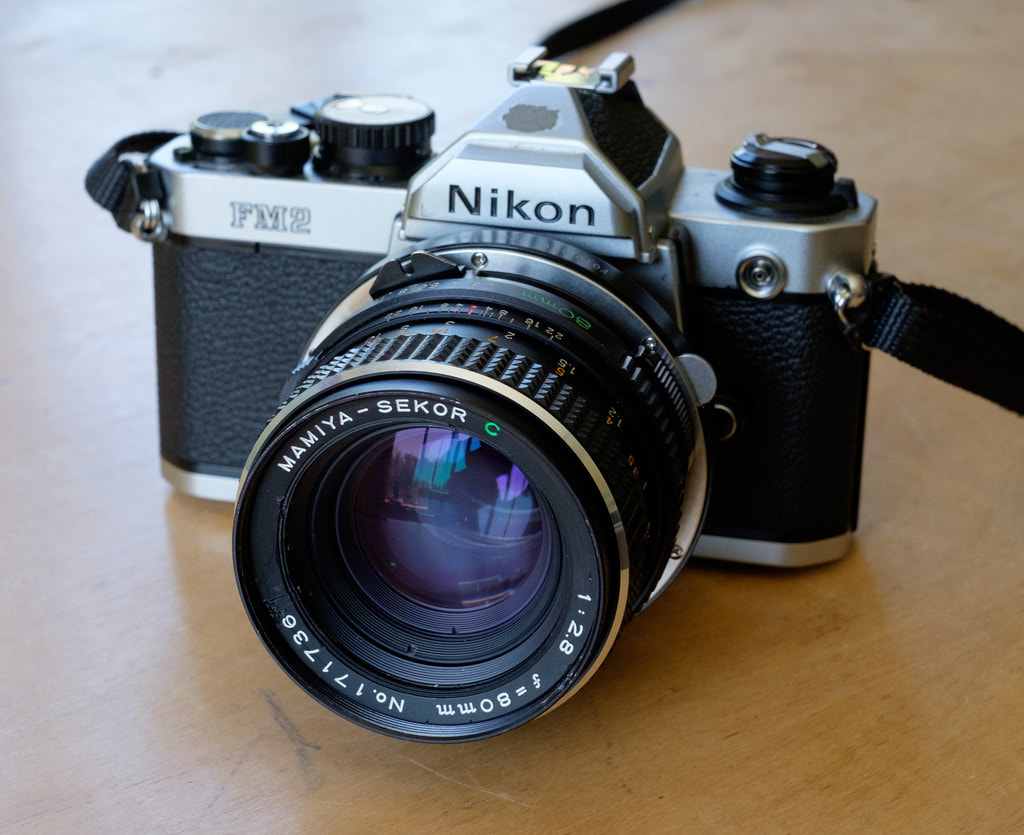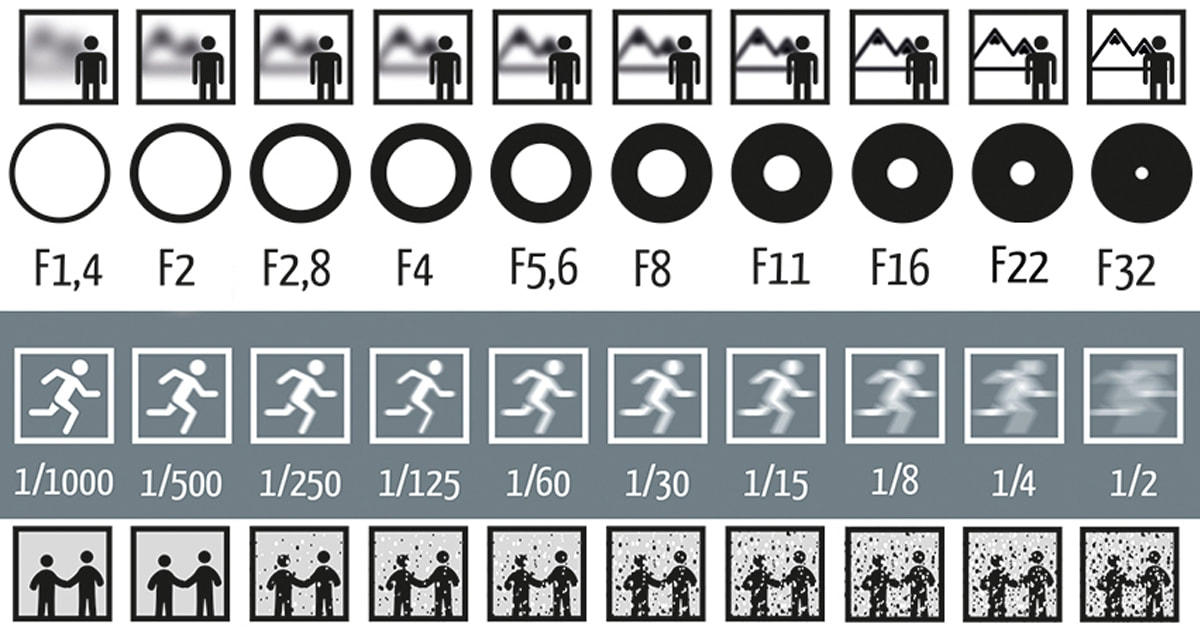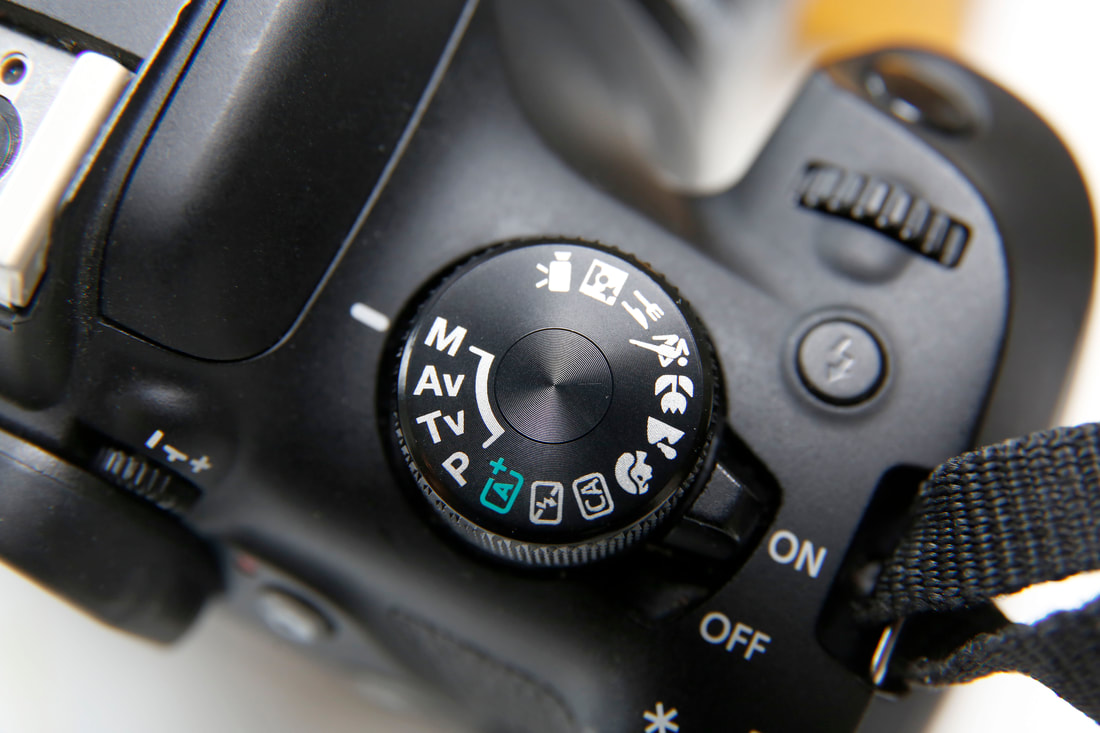Last time we discussed
1. how to hold the camera
2. how to focus accurately & how to select the focus zone
3. a little bit about what happens inside the camera when you shoot a picture
4. and introduced the Exposure Triangle
5. and some of the group practised Scene Modes
1. how to hold the camera
2. how to focus accurately & how to select the focus zone
3. a little bit about what happens inside the camera when you shoot a picture
4. and introduced the Exposure Triangle
5. and some of the group practised Scene Modes
Auto - Program & Scene Modes
setting up to shoot a great picture every time
Today we will focus more strongly on the main control dial and discuss how to choose the best setting for individual scenarios.
We will look at Camera Modes and Scene Modes and then look at Shutter Priority in more detail and take some pictures
Before we start let's have a quick refresh on Camera handling.
1. Take cameras out - put the strap around neck immediately
2. Check the lens is clean. Fingerprints and dirty lenses will ruin your pictures quicker than any mistakes you might make in technique
3. Hold the camera properly. Right hand on the body. Left hand on the lens
4. In pairs quickly practise Focus Lock
Today it's very very different. Digital cameras are loaded with amazing technology and in lots of situations they will take care of all the tricky decision making for you. But they are can be very confusing for everyone - whether beginner or experienced photographer. There are so many buttons and options and menus and sub-menus that it's almost imposssible for new or occasional photographers to make sense of the thing in their hands. And if you do make an effort to learn - the language and jargon makes it difficult.
So we need to simplify things. Get a sense of what's important and what you need to know to get started - and then give you a route forward if you want to learn more.
The Exposure Triangle and how a camera works
What do we want to do with our cameras ?
Your Camera knows best
At the start you should be using the Auto modes and letting your camera make a lot of the difficult decisions. Auto and Program are your friends & Auto ISO will always give you the best ISO quality setting. This is the set-up advice we give to our students when they have a new camera and it's relevant for all photographers .
Camera Control Dial
Your camera will have a top dial like this. Not exactly the same but with most of the same symbols. New cameras have more sophisticated automated program and scene modes but the manual, auto and semi auto modes will be the same
Camera Modes
























